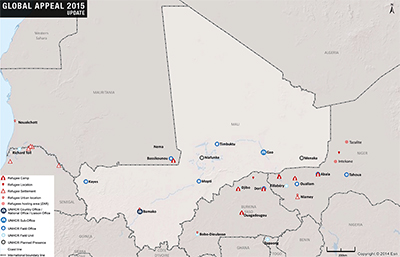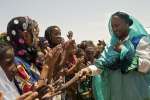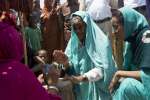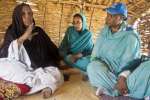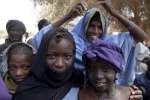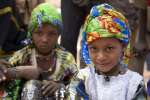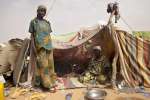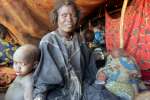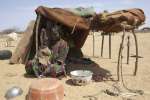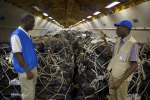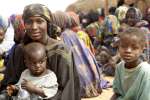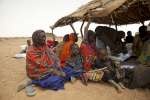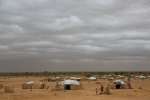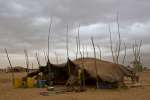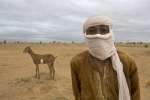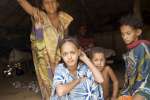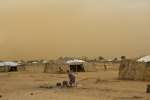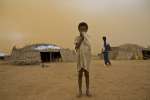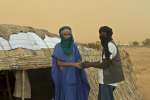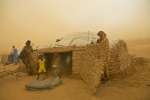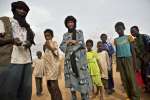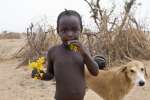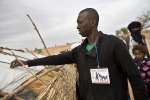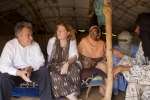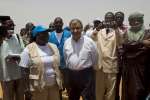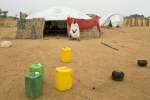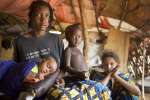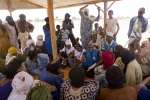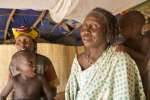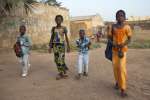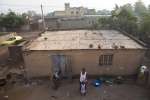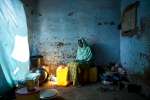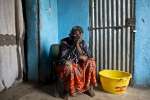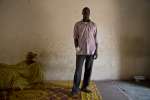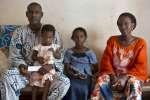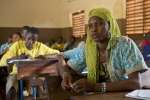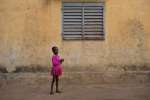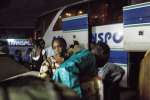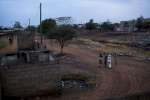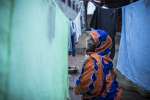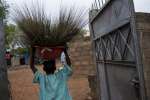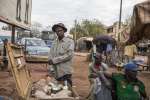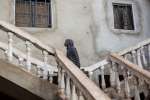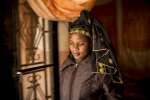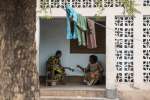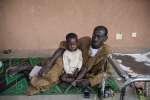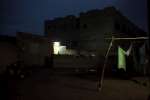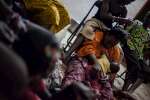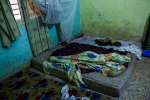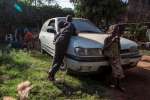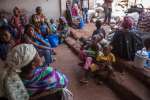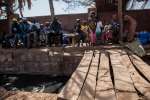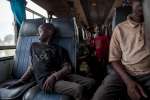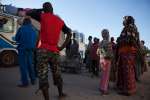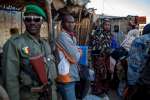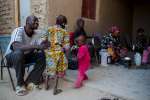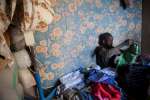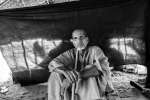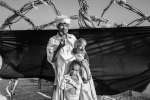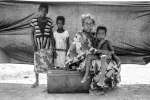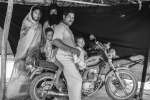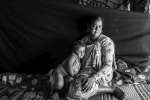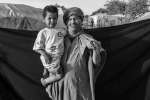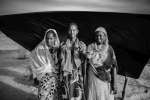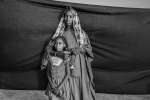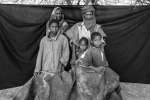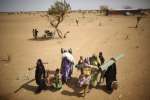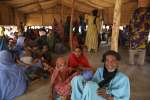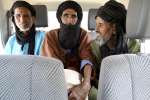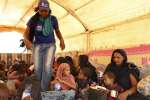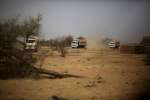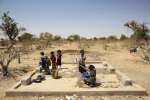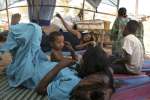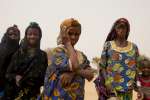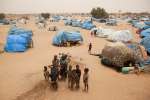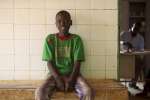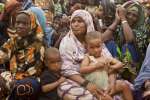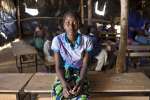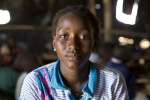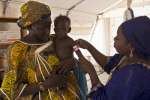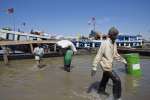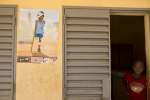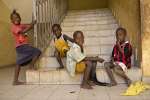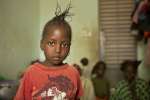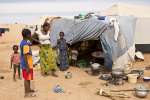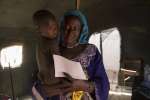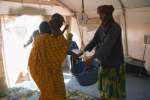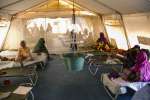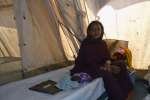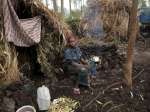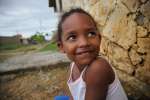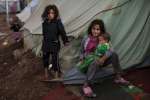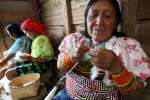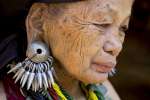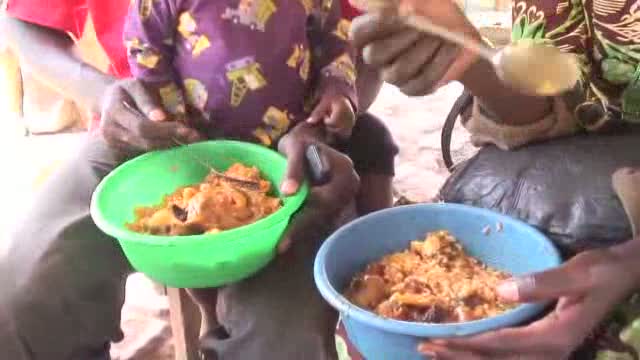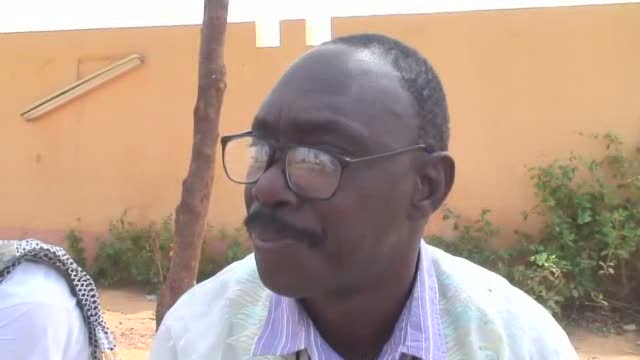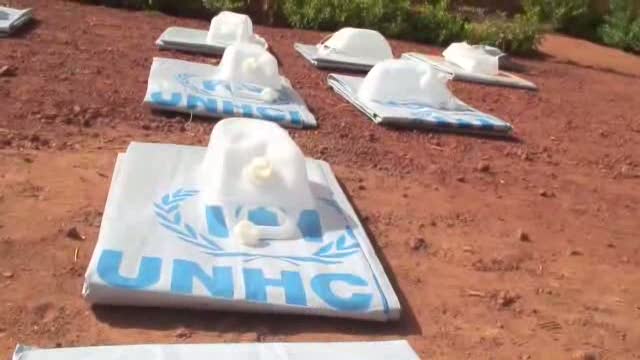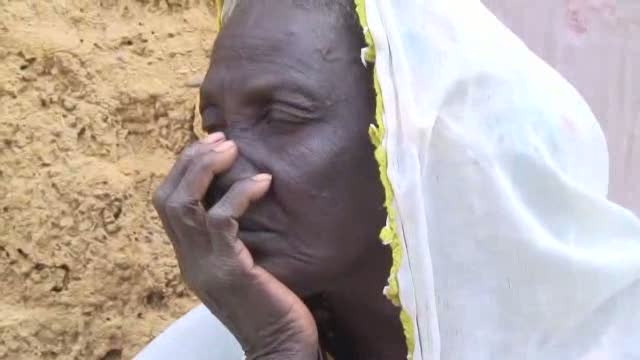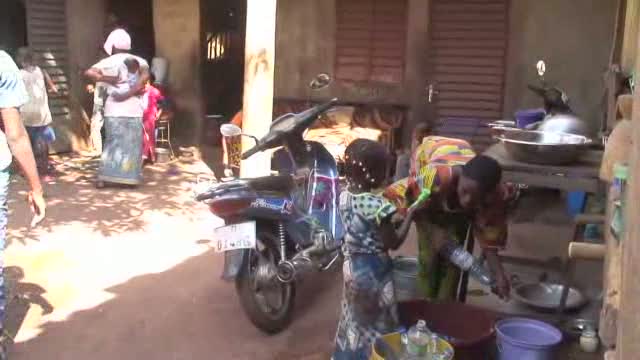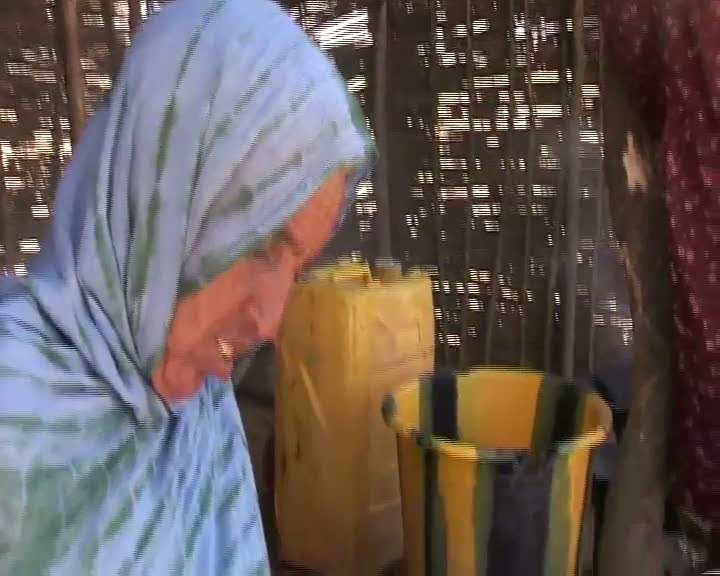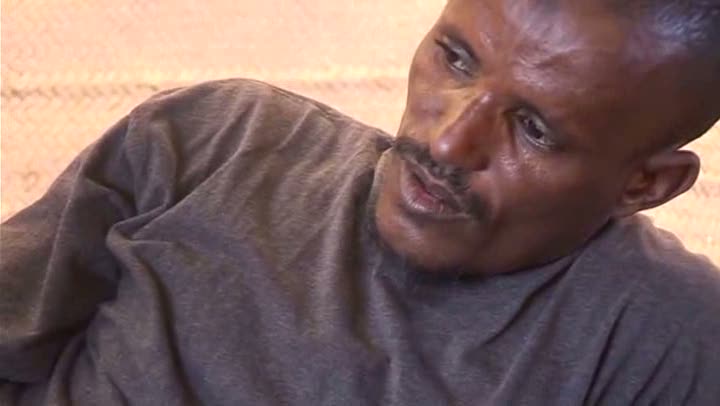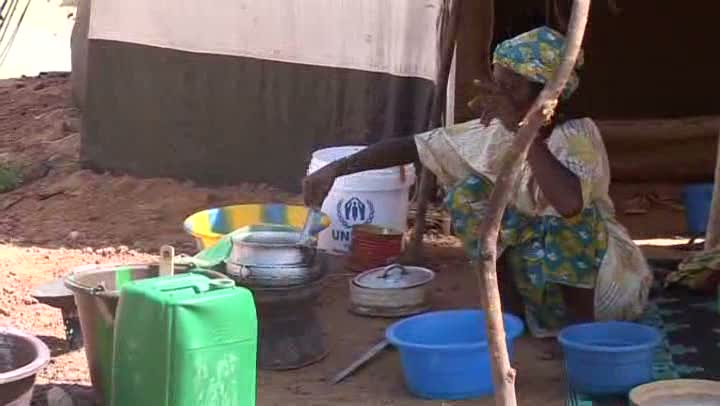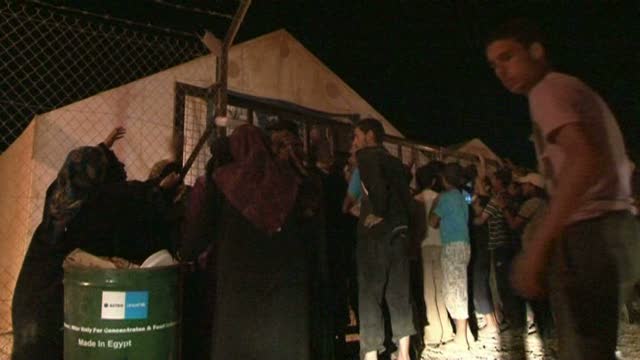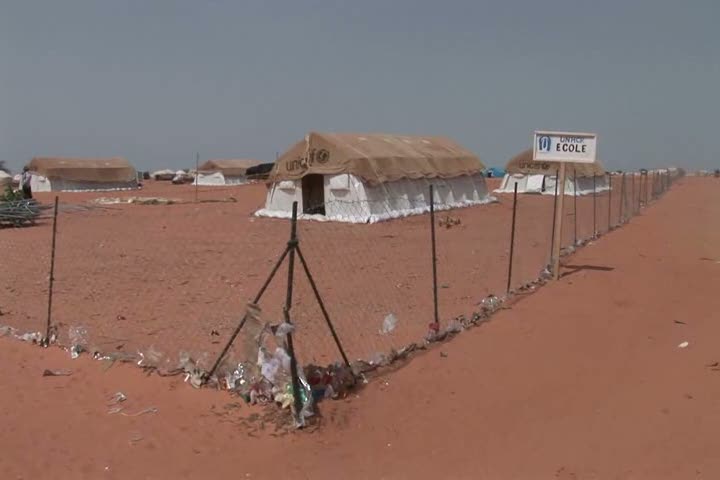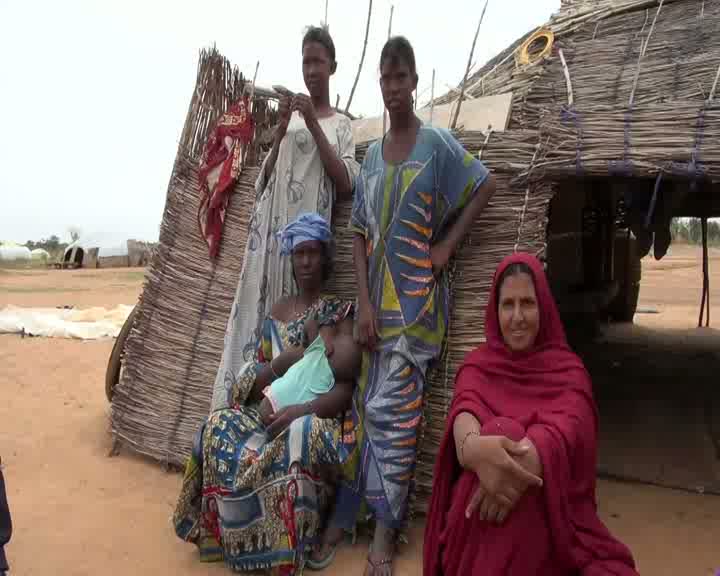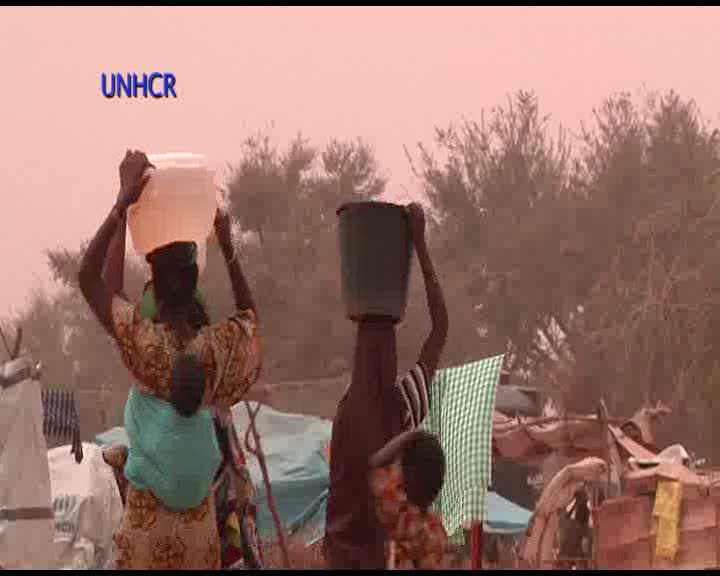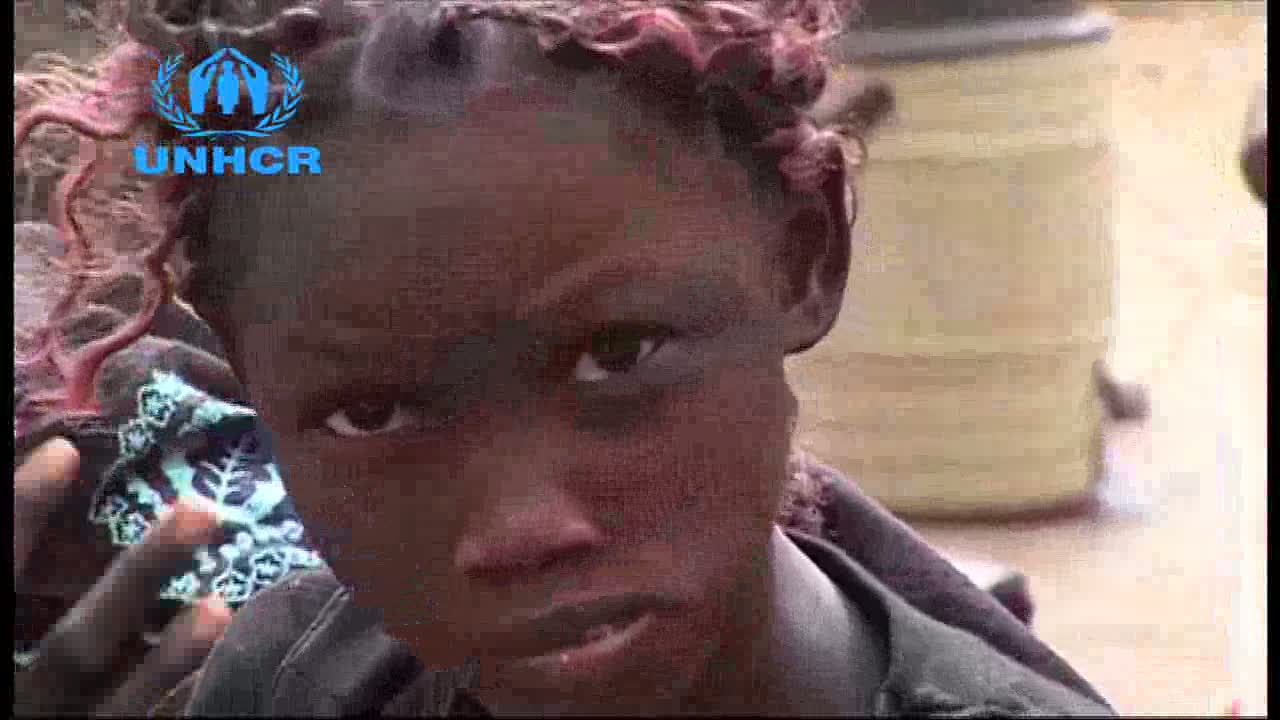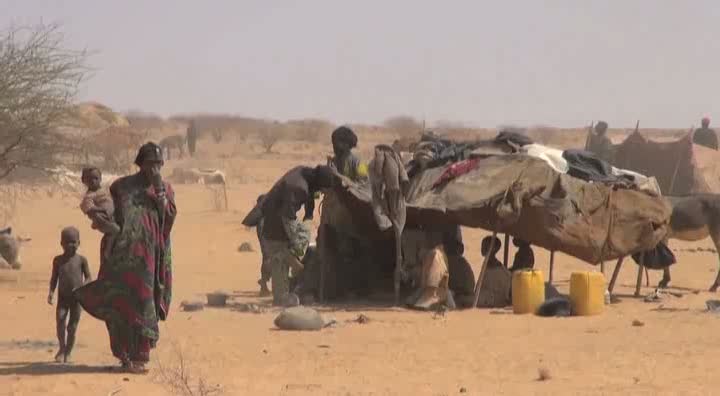Home > Where We Work > Africa > West Africa > Mali
2015 UNHCR country operations profile - Mali
| Overview |
Working environment
-
The Mali crisis has caused internal displacement and cross-border movements into Algeria, Burkina Faso, Mauritania and Niger since 2012. Following the presidential and legislative elections in October 2013, thousands of refugees and internally displaced people (IDPs) spontaneously returned home, with support from UNHCR, which opened offices in Gao, Mopti and Timbuktu.
-
Renewed clashes in May 2014 between Malian government forces and insurgents have affected the intention of some Malian refugees to return home.
-
UNHCR will continue to coordinate protection and shelter and non-food item assistance for IDPs and returnees in 2015. Protection monitoring and social cohesion interventions will be established in areas of return.
-
The crisis in the Central African Republic (CAR) has caused the unexpected arrival of more than 200 Central African asylum-seekers, of whom almost 190 were recognized by the Government of Mali as refugees.
People of concern
UNHCR's main populations of concern in Mali are: IDPs who fled violence in the north after 2012 and who live with host families; Malian returnees who sought refuge in neighbouring countries after 2012; Mauritanian refugees who fled ethnic conflict in 1989; and refugees and asylum-seekers from the CAR and Côte d'Ivoire.
| UNHCR 2015 planning figures for Mali | |||||
|---|---|---|---|---|---|
| Type of population | Origin | January 2015 | December 2015 | ||
| Total in country | Of whom assisted by UNHCR |
Total in country | Of whom assisted by UNHCR |
||
| Total | 243,690 | 52,570 | 156,540 | 69,340 | |
| Refugees | Côte d'Ivoire | 1,060 | 1,060 | 980 | 980 |
| Mauritania | 13,410 | 13,410 | 12,950 | 12,950 | |
| Various | 870 | 870 | 1,250 | 1,250 | |
| Asylum-seekers | Central African Rep. | 200 | 200 | 200 | 200 |
| Dem. Rep. of the Congo | 70 | 70 | 40 | 40 | |
| Côte d'Ivoire | 50 | 50 | 30 | 30 | |
| Various | 30 | 30 | 100 | 100 | |
| Returnee arrivals during year (ex-refugees) | Mali | 29,000 | 25,000 | 42,000 | 42,000 |
| Internally displaced | Mali | 99,000 | 11,880 | 25,000 | 3,000 |
| Returnee arrivals during year (ex-IDPs) | Mali | 100,000 | - | 74,000 | 8,800 |
| Response |
Needs and strategies
In 2014, the situation in the north of the country remained generally uncertain and conditions did not permit mass repatriation. Nonetheless, many Malian refugees have decided to return home; therefore, in 2015, UNHCR will focus on the voluntary repatriation and reintegration of approximately 42,000 Malian refugees. Based on assessment activities in return areas, UNHCR and its partners will provide tailor-made assistance to returning families to guarantee them access to their socio-economic rights, and will work with other UN agencies to find durable solutions for returnees and IDPs.
In line with the UN Secretary-General's Policy Committee Decision on Durable Solutions, UNHCR will lead efforts to establish and implement the return strategy, in close cooperation with the Government and other stakeholders. The Office will support community-based and peaceful-coexistence interventions, and work with partners to build the Government's capacity on protection.
UNHCR will continue to protect refugees in both urban and rural areas, and will assist them to increase their self-reliance. Following a government decision to facilitate the local integration of Mauritanian refugees, UNHCR will provide refugees willing to locally integrate with social, economic and legal support.
| Implementation |
Coordination
In 2015, UNHCR will coordinate and co-lead, with IOM, the protection and shelter/non-food item clusters. National protection cluster coordination will be based in Bamako, while regional protection subnational clusters - established in Gao, Mopti, and Timbuktu - will continue to coordinate agencies' protection programmes in the field. Depending on the security situation, additional subnational clusters will be established in other areas. UNHCR will actively participate in these and other clusters, as well as donors and the Humanitarian Country Team.
| 2015 UNHCR partners in Mali |
|---|
| Implementing partners |
| Government agencies: Commission nationale chargée des Réfugiés |
| NGOs: Agence d'aide à la coopération technique et au développement, Association des juristes maliennes, Association des anciens volontaires des Nations Unies, Association malienne pour le suivi et l'orientation des pratiques traditionnelles, Danish Refugee Council, International Emergency and Development Aid, Norwegian Refugee Council, Stop Sahel - Association malienne pour la protection de l'environnement |
| Operational partners |
| Government agencies: Ministère de l'action humanitaire, de la solidarité et des personnes âgées, Ministère de la Justice |
| NGOs: Plan Mali |
| Others: FAO, MINUSMA, UNDP, UNFPA, UNICEF, WFP |
| Financial information |
The financial requirements for UNHCR's Mali operation rose from USD 32.2 million in 2013 to USD 69.6 million in 2014, mainly to accommodate the increase in refugees and IDPs returning home.
In 2015, the financial requirements are set at USD 67.4 million, with USD 48.6 million for the reintegration of Malians and assistance to refugees living in Mali, and USD 8 million allocated for the protection and assistance of IDPs.
Source: UNHCR Global Appeal 2015 Update

